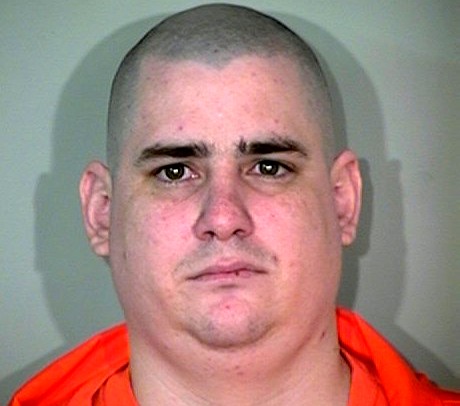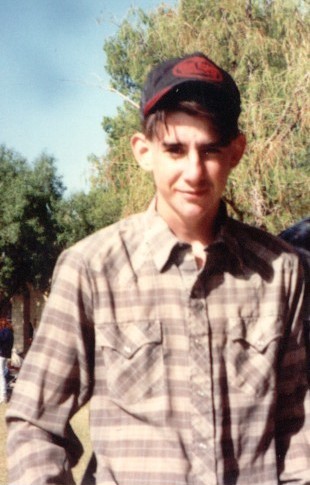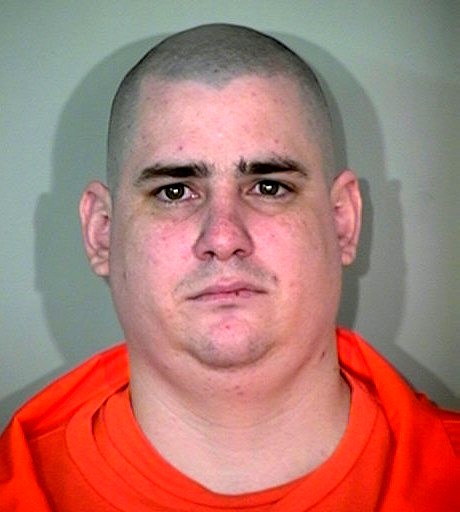High court strikes down death penalty for
juveniles; 4 in Ariz.
AZCentral.com
Mar. 1, 2005
WASHINGTON - A closely divided Supreme
Court ruled Tuesday that it's unconstitutional to execute juvenile
killers, ending a practice in Arizona and 18 other states that has been
roundly condemned by many of America's closest allies.
The 5-4 decision throws out the death sentences of 72 murderers who were
under 18 when they committed their crimes and bars states from seeking
to execute minors for future crimes.
The executions,
the court said, violate the Eighth Amendment ban on cruel and unusual
punishment.
"The age of 18 is the point where society
draws the line for many purposes between childhood and adulthood. It is,
we conclude, the age at which the line for death eligibility ought to
rest," Justice Anthony Kennedy wrote.
The ruling
continues the court's practice of narrowing the scope of the death
penalty, which justices reinstated in 1976. Executions for those 15 and
younger when they committed their crimes were outlawed in 1988. Three
years ago justices banned death sentences for the mentally retarded.
Tuesday's ruling prevents states from making 16- and 17-year-olds
eligible for execution.
Juvenile offenders have been
put to death in recent years in only a few other countries, including
Iran, Pakistan, China and Saudi Arabia. Kennedy cited international
opposition to the practice.
"It is proper that we
acknowledge the overwhelming weight of international opinion against the
juvenile death penalty, resting in large part on the understanding that
the instability and emotional imbalance of young people may often be a
factor in the crime," he wrote.
Kennedy noted most
states don't allow the execution of juvenile killers and those that do
use the penalty infrequently. The trend, he said, is to abolish the
practice because "our society views juveniles ... as categorically less
culpable than the average criminal."
In a dissent,
Justice Antonin Scalia disputed that there is a trend and chastised his
colleagues for taking power from the states.
"The
court says in so many words that what our people's laws say about the
issue does not, in the last analysis, matter: 'In the end our own
judgment will be brought to bear on the question of the acceptability of
the death penalty,' " he wrote.
"The court thus
proclaims itself sole arbiter of our nation's moral standards," Scalia
wrote.
Death penalty opponents quickly cheered the
ruling.
"Today, the court repudiated the misguided
idea that the United States can pledge to leave no child behind while
simultaneously exiling children to the death chamber," said William F.
Schulz, executive director of Amnesty International USA.
"Now the U.S. can proudly remove its name from the embarrassing list of
human rights violators that includes China, Iran, and Pakistan that
still execute juvenile offenders," he said.
Dianne
Clements, president of the Houston-based Justice for All victims'
advocacy group, criticized the decision and said she hopes that when
there is a Supreme Court vacancy a strong death penalty supporter is
nominated.
"The Supreme Court has opened the door for
more innocent people to suffer by 16 and 17 year olds," she said. "I
can't wait for the Supreme Court to have judges more concerned with
American values, American statutes and American law than what the
Europeans think."
The Supreme Court has permitted
states to impose capital punishment since 1976. Twenty-two of the people
put to death since then were juveniles when they committed their crimes.
Texas executed the most, 13, and also has the most on death row now -
29.
More than 3,400 inmates await execution in the 38
states that allow death sentences.
Justices were
called on to draw an age line for executions after Missouri's highest
court overturned the death sentence given to Christopher Simmons, who
was 17 when he kidnapped a neighbor, hog-tied her and threw her off a
bridge in 1993. Prosecutors say he planned the burglary and killing of
Shirley Crook and bragged that he could get away with it because of his
age.
The four most liberal Supreme Court justices -
John Paul Stevens, David H. Souter, Ruth Bader Ginsburg and Stephen
Breyer - had gone on record in 2002 opposing the death penalty for
juveniles, calling it "shameful." Those four, joined by Kennedy, formed
Tuesday's decision.
Chief Justice William H. Rehnquist
and Justice Clarence Thomas joined Scalia in seeking to uphold the
executions.
Justice Sandra Day O'Connor filed a
separate dissent, arguing that a blanket rule against juvenile
executions was misguided. Case-by-case determinations of a young
offenders' maturity is the better approach, she wrote.
"The court's analysis is premised on differences in the aggregate
between juveniles and adults, which frequently do not hold true when
comparing individuals," she said. "Chronological age is not an unfailing
measure of psychological development, and common experience suggests
that many 17-year-olds are more mature than the average young 'adult.' "
The 19 states allow executions for people under age 18 are Arizona,
Alabama, Arkansas, Delaware, Florida, Georgia, Idaho, Kentucky,
Louisiana, Mississippi, Nevada, New Hampshire, North Carolina, Oklahoma,
Pennsylvania, South Carolina, Utah, Texas and Virginia.
The federal government does not execute juveniles.




